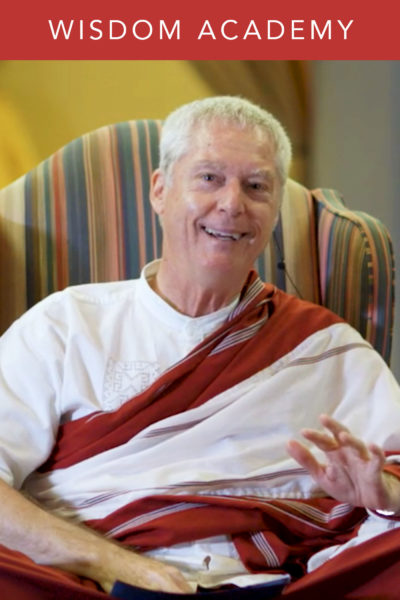Lama Alan Wallace guides us through Düdjom Lingpa’s teachings on the nature of appearances and awareness, and he also leads us in meditation on second of the four immeasurables, compassion.
In this video Alan Wallace teaches on appearances and awareness before leading us in a guided vipashyana meditation on the subject, which you can listen to in the recording below.
Alan Wallace leads us in a practice from the Theravada tradition that allows us to enhance the vividness of our awareness without losing stability, in which we follow the sensations of the breath at the nose. After watching the video above, you may follow along with the guided meditation below.
In the teaching above Alan Wallace returns to the practice of loving-kindness, beginning by reading from the Metta Sutta (available in translation here). He then guides us in the meditative cultivation of loving-kindness for difficult people in the recording below.
Alan Wallace discusses the delusive nature of appearances and comments on the root text, beginning on page 152.
Alan Wallace continues his commentary on the root text, describes the central themes of Dzogchen practice, and discusses the primacy of mind.
Alan Wallace offers us background and context for the practice of shamatha on the mindfulness of breathing. After watching the video above, you can listen to the guided meditation below.
Alan Wallace offers us background and context for the pre-meditation practice of settling body, speech, and mind in their natural state. After watching the video above, you can listen to the guided meditation below.
In this selection from the Heart of the Great Perfection, Pema Tashi presents Düdjom Lingpa’s commentary on The Sharp Vajra of Conscious Awareness Tantra. This reading includes material covered by Alan Wallace in lesson 1.

